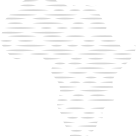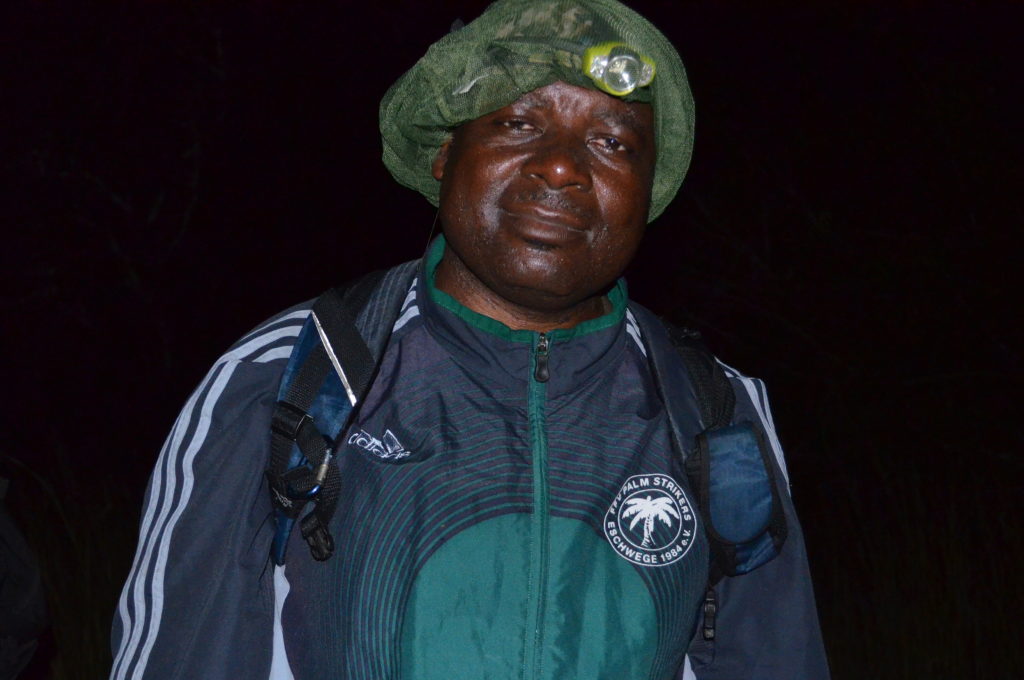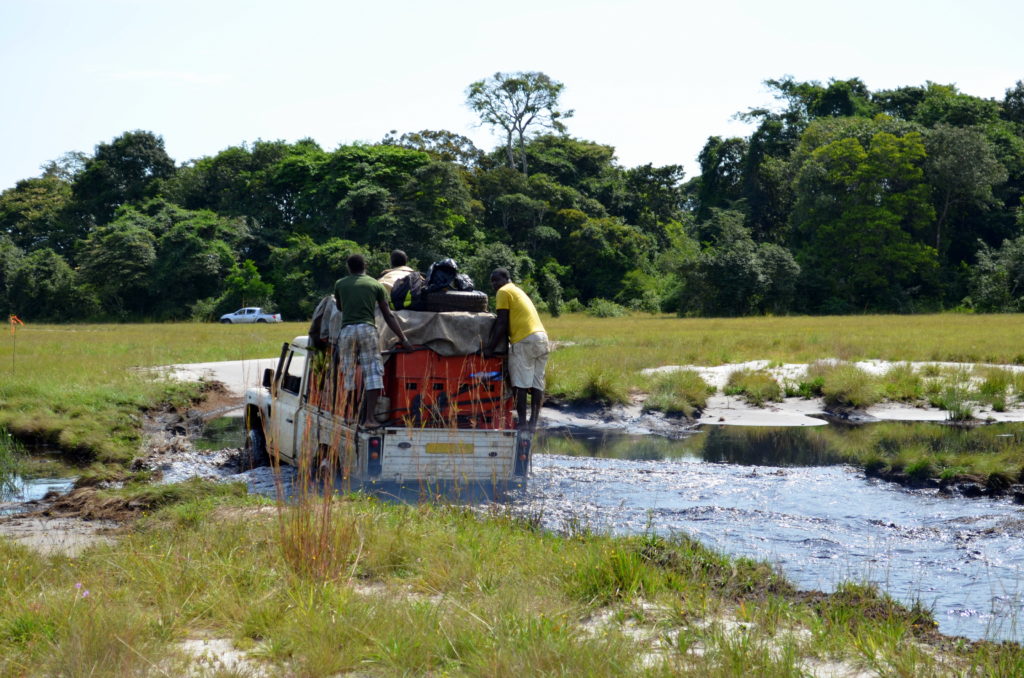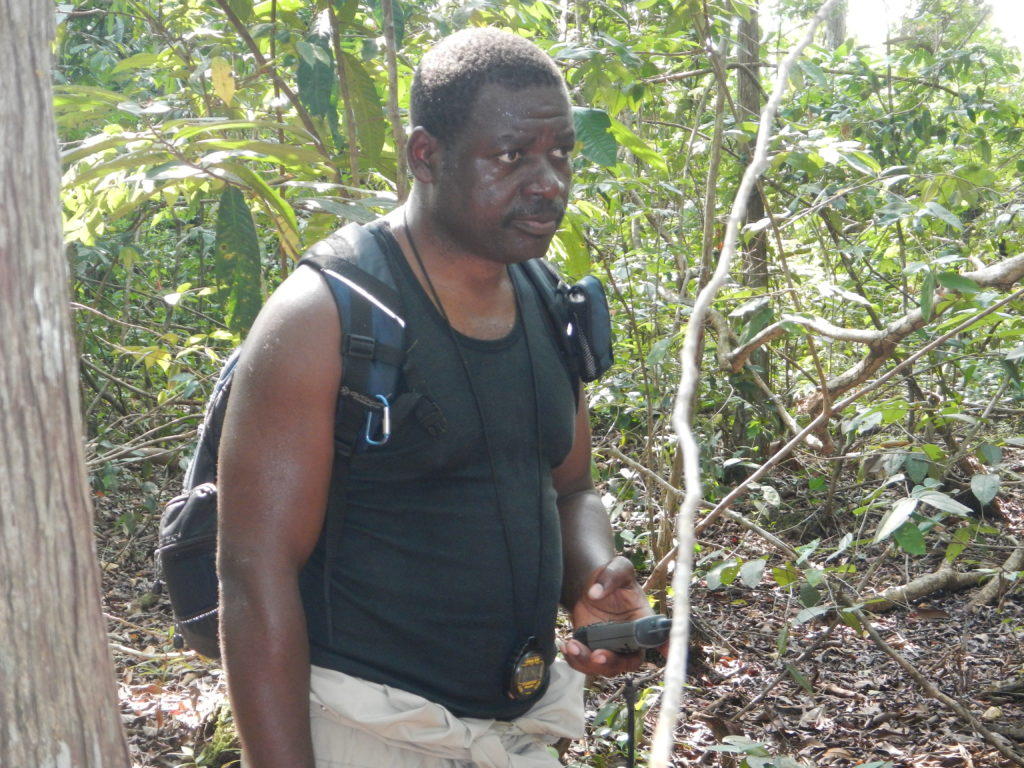Elie Tobi has been involved in the Reptiles and amphibian’s assessment in Gabon in the Gamba Complex of Protected Areas and along the Ogooué River course. These studies fostered the following:
1- Increasing the biodiversity knowledge
2- Understanding of the processes between human activities and ecosystems
3- A tool for biodiversity management through recommendations to the companies and national environment managers.
4- A useful baseline of data for biodiversity monitoring.
5- A tool for awareness and education raising.
6- Determining key areas for conservation and establishing conservation priorities.
Gabon is on central west coast of Africa (Lee et al. 2006). In 2000, Shell-Gabon entered into a partnership with Smithsonian Institution, Monitoring and Assessment of Biodiversity to raise and increase the biodiversity knowledge in order to assess the impact of the hydrocarbon activities in the Gamba Complex of Protected Areas (CAPG) and make recommendations to monitor and mitigate human activities disturbances. Before the nineteen sixties, there was no town called Gamba. With the discovery of oil in the area in the sixties, people converged from around the world and settled in Gamba, a remote locality in the southwest of the country. The demography exploded up to 10.000 inhabitants. To date, the impact of such an installation is not under control. The situation is worsened by poorly fertile sandy soil which forces the population to shift to slash and burn agriculture increasing human-wildlife conflict. Coupled with poaching, the Nile crocodile is only found now in the coastal lagoons where they are also victims, along with the Central African Slender Snouted crocodile, of bycatch in fishermen nets. Studies are showing that Gamba has the lowest amphibian specific richness of the CAPG. The consequence is more insects and more diseases.












